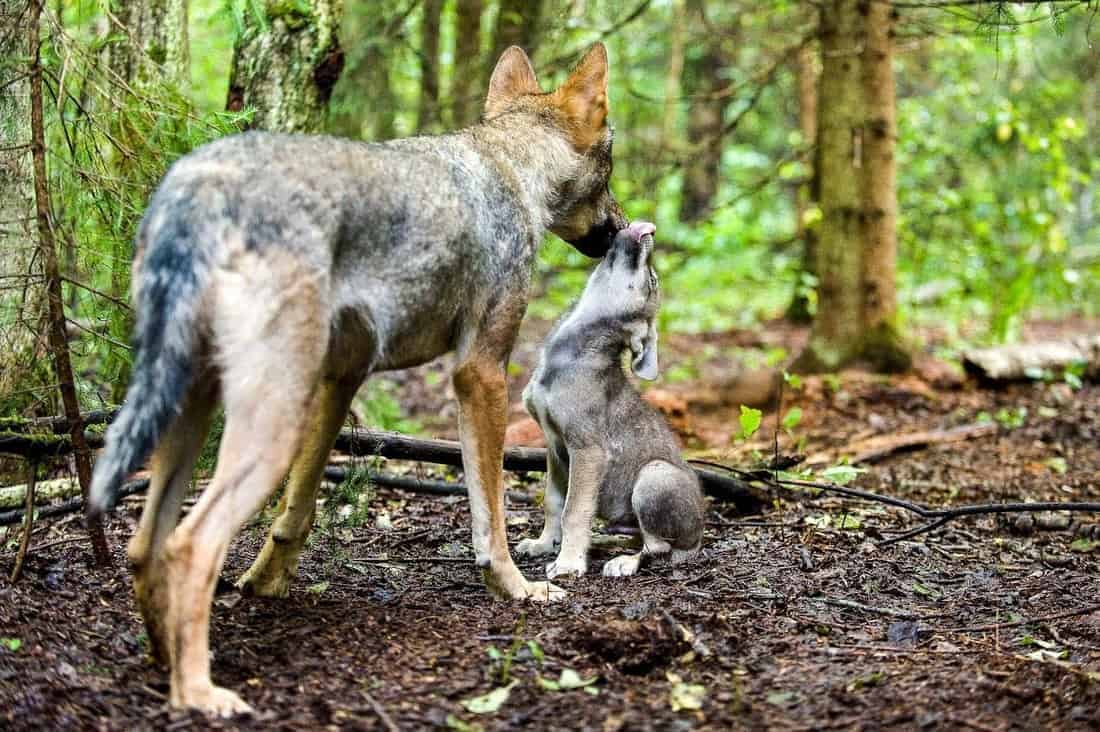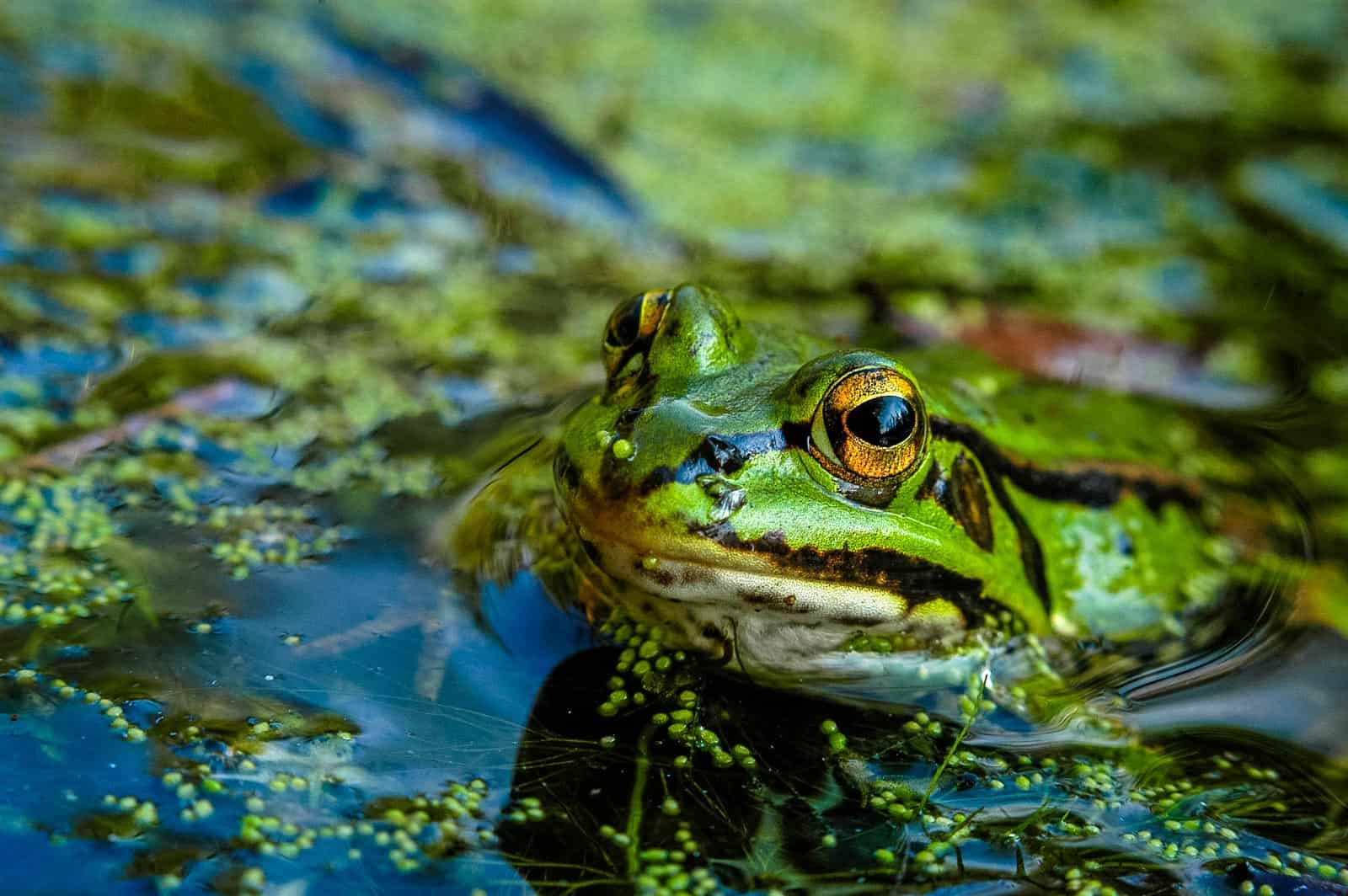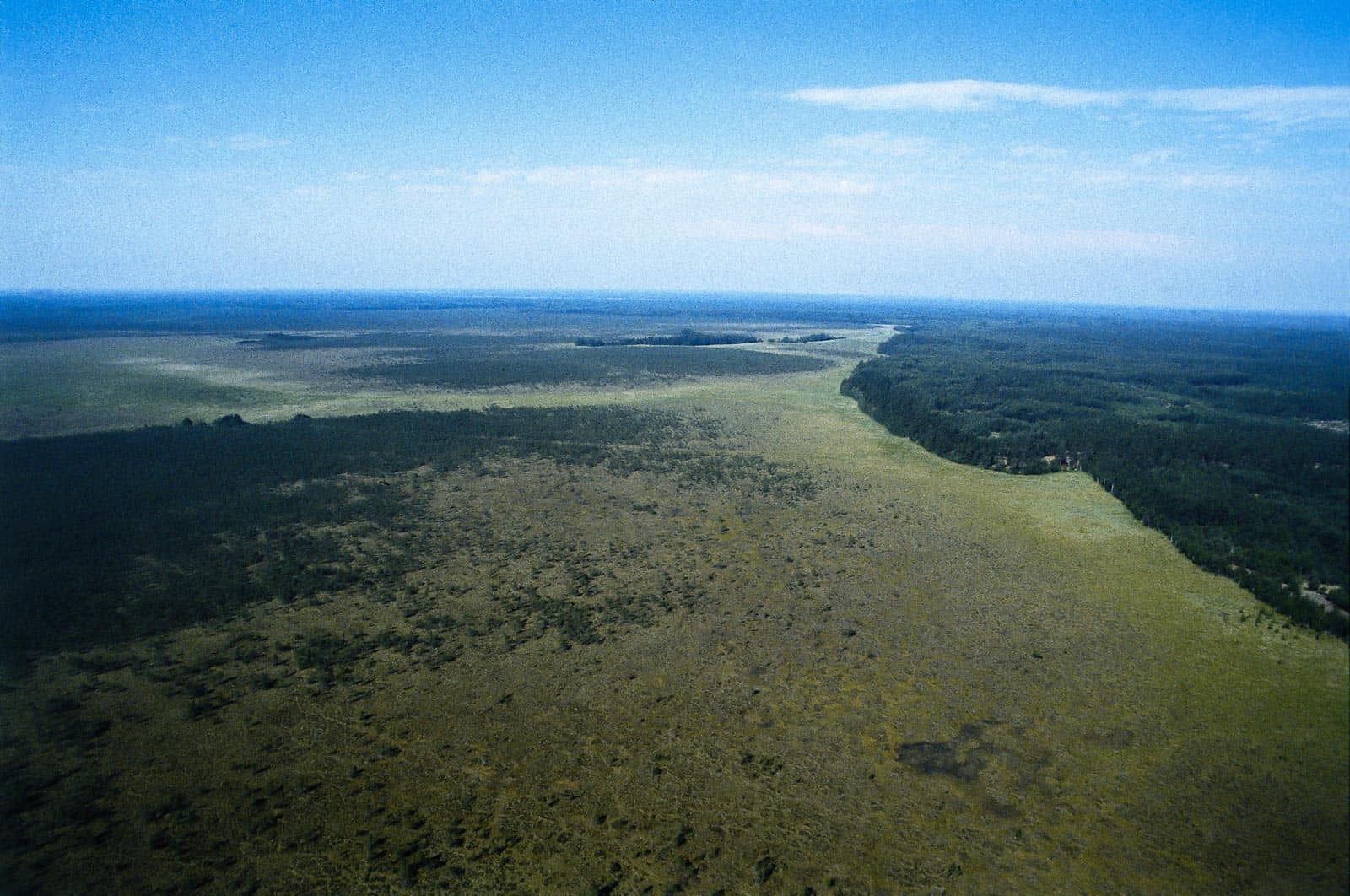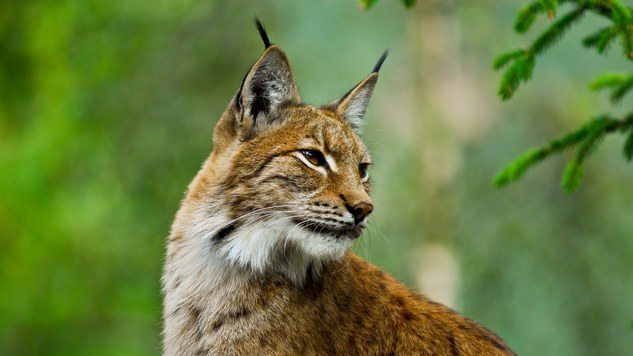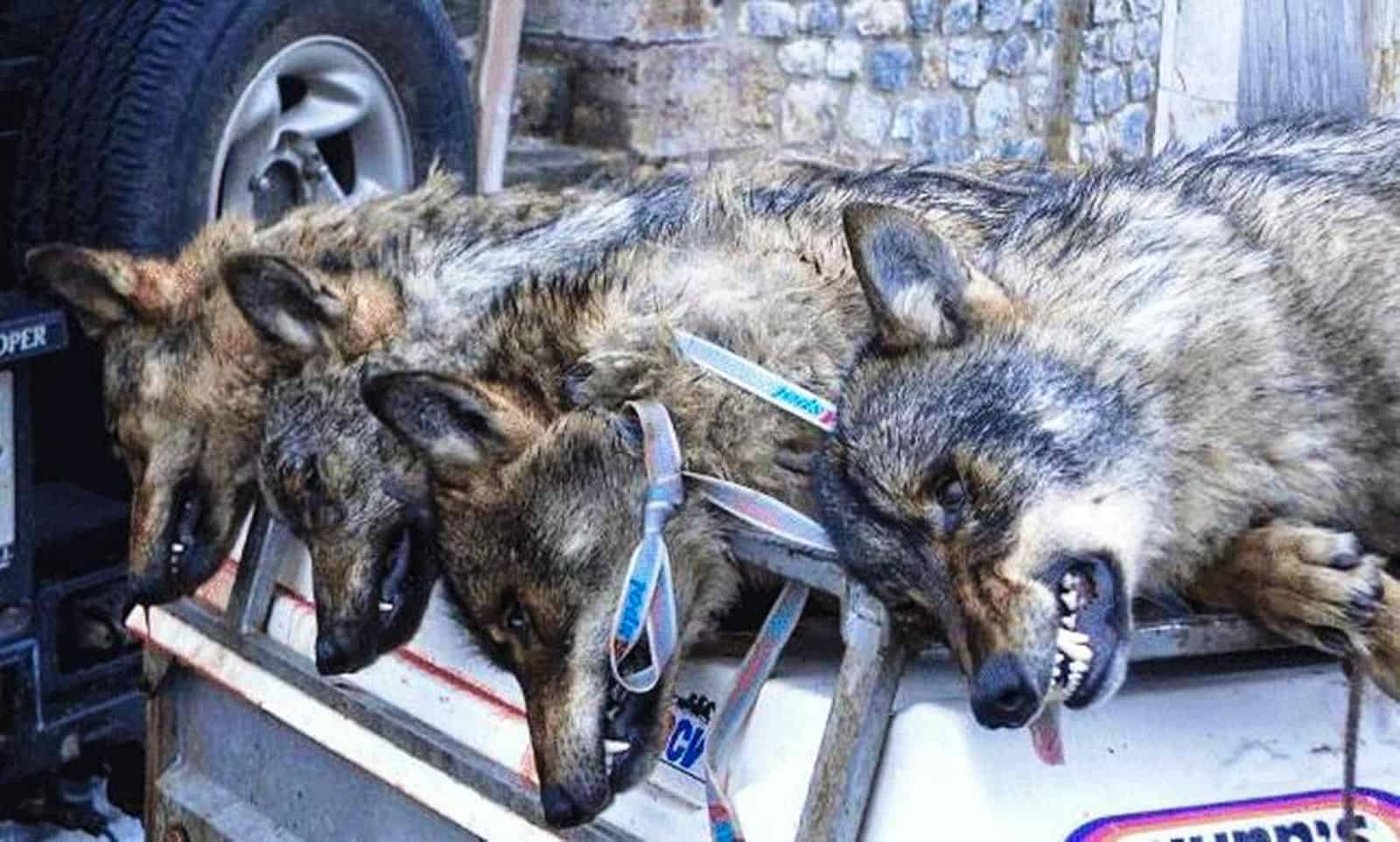What 200 years of hunting did to the wolves’ gene pool
Many species face current populations declines, which is often a consequence of human behaviour e.g. hunting, habitat destruction. This leads to genetic bottlenecks. Once genes have been lost from a population, they are irreversibly lost, and the population left behind is weaker and less able to adapt to future changes in their environment.
Wolves in Europe are currently experiencing this genetic bottleneck, due to historic hunting and the subsequent slow repopulation. In response to this, scientists from the University of Lausanne sequenced the DNA of 150 wolves from museums all across Europe. Their objective was to find out if the decline in the wolf population during the last two centuries influenced the wolf’s genetics.
Please also read: The negative effect of trophy hunting
Outlining the wolf’s genetic past
Originally one of the most widespread mammals in the world, hunting eradicated the wolf from many of its original territories. For example, the wolf became extinct in most of Central Europe. Only in the last two decades is the wolf returning to Central Europe, migrating mostly from Southern and Eastern Europe.
Scientists of the University of Lausanne analysed the DNA of European wolves from the last 200 years to detect any changes in the European wolves’ genetics. These two centuries represent the peak of the wolf hunting in Europe. DNA samples were provided from numerous museums all over Europe. The team of scientists, lead by Luca Fumagalli, sequenced the DNA of 150 wolves, comparing historic and modern genetic diversity patterns.
A decline in diversity
The study shows that just one century ago, the genetic diversity of the wolf was more than double that of the current wolf population. At the same time the individual wolves across Europe were genetically more similar to each other than today. This suggests that there was more gene flow in the past, and that wolf populations were larger. The findings are in line with the prosecution of the wolf on the whole continent in the 19-20th centuries. The results of the study also shows that the Italian wolf sub-species used to be present in other parts of Europe as well.
The scientists also found significant genetic differences between modern Eastern and Western European wolves. Hunting nearly completely eradicated the wolf in Western Europe in the 19th and 20th century. As a consequence, its genetic diversity significantly decreased at the turn of the 20th century. The repopulation by the remaining wolves is the cause for the significant changes in modern wolf genetic composition. This development is in contrast to the Eastern European wolf populations, which have never been hunted to such an extent as the wolves in Western Europe. These Eastern European populations still show a similar genetic diversity as a hundred years ago.
Stay up to date on the Wilderness news, subscribe to our Newsletter!

